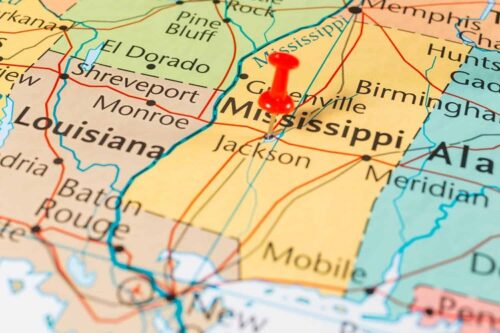
711.23 – AZ Animals
According to World Population Review, several of Mississippi’s counties have seen a massive percentage growth in population over the last 10 to 15 years.
Mississippi — known as both the Magnolia State and the Hospitality State — has seen explosive population growth in some of its counties over the last decade. These counties have seen growth through new jobs, better education, changes in leadership, and more.
Discover what it’s like to live in Mississippi and the 9 fastest-growing counties in Mississippi based on population.
What it’s Like to Live in Mississippi
Living in Mississippi affords benefits some other states can’t match, including the relatively low cost of living for a state steeped in history and vibrant culture. It offers residents stunning nature, well-known higher education institutions, the birthplace of the blues, and delicious comfort food. Not to mention, the winters remain mild, making it a perfect snowbird state.

Mississippi also has its drawbacks, including bugs, weather, and quality of education. The swampy areas of the state offer mosquitos a perfect breeding ground, so the summer months can get buggy and hot. While Mississippi doesn’t have extremely cold winters, it does have extremely hot summers. Humid and scorching, it’s not uncommon for the temperature to stay in the mid-90s from May to September. Finally, while education is affordable, many criticize the quality of public education in Mississippi based on a lack of resources.
The 9 Fast-Growing Counties in Mississippi
According to World Population Review, several of Mississippi’s counties have seen a massive percentage growth in population over the last 10 to 15 years.
1. Lafayette County

Image: Rick Grainger, Shutterstock©Rick Grainger/Shutterstock.com
At a whopping 23.23%, Lafayette County comes in as the fastest-growing county in Mississippi based on population. This can be tied to one of the big SEC universities, Ole Miss, which sits squarely in the county.
Located centrally in the north part of the state, Lafayette County’s name honors Marquis de Lafayette, the general who fought bravely for freedom in both the American and French Revolutions. The county has a modest median income of $54,720 according to the Census Bureau’s most recent data.
Unsurprisingly, the most common occupation verticals in Lafayette County include education instruction and library occupations. Outside of tailgating for the school’s football games, residents can explore the deep history of famed author William Faulkner, who lived in the county and based many of settings in his book off of his hometown.
2. Lamar County

Image: Miriam Sims Mitchell, Shutterstock©Miriam Sims Mitchell/Shutterstock.com
Coming in just behind Lafayette is Lamar County, with a staggering 20% growth in population since 2010. In addition to population, the median income of Lamar County’s residents continues to increase with each passing year. Lamar County sits at the bottom of the state and borders Louisiana. While it’s mostly rural, the northeast corner dips into the Hattiesburg Metropolitan Area.
Median income in Lamar County rises by a percentage point or two every year, clocking in at an average of $63,925 between 2017 and 2021. Common jobs for residents of Lamar County include management operations, office and administrative operations, and sales occupations.
Lamar County offers many beautiful nature trails, like the Paul B. Johnson State Park and Lake Thoreau Environmental Center.
3. DeSoto County

Image: Sean Pavone, Shutterstock©Sean Pavone/Shutterstock.com
DeSoto County’s population grew 19.4% and remains the most dense out of the 10 fastest-growing counties on the list. Not only does DeSoto rank on the list of fastest-growing counties in Mississippi, it is among the 40 fastest-growing counties in the United States. Located in the upper left corner of the state, DeSoto County borders both Tennessee and Arkansas. A portion of the Mississippi makes up the left side of its border.
The median income in DeSoto is significantly higher than other counties in Mississippi thanks to its location as part of the Memphis metropolitan area. Between 2019 and 2020 alone, the median income grew 4.4%, from $67,038 to $69,990 according to DataUSA.io.
Outside of management-, administrative-, and sales-related occupations, DeSoto residents are teachers, medical professionals, and food service employees.
DeSoto County offers its residents and tourists several manicured golf courses, some of the best ice cream in the United States from Velvet Cream, and the DeSoto County Museum, which chronicles Hernando DeSoto, Civil War history, and French colonial and American antebellum.
4. Madison County
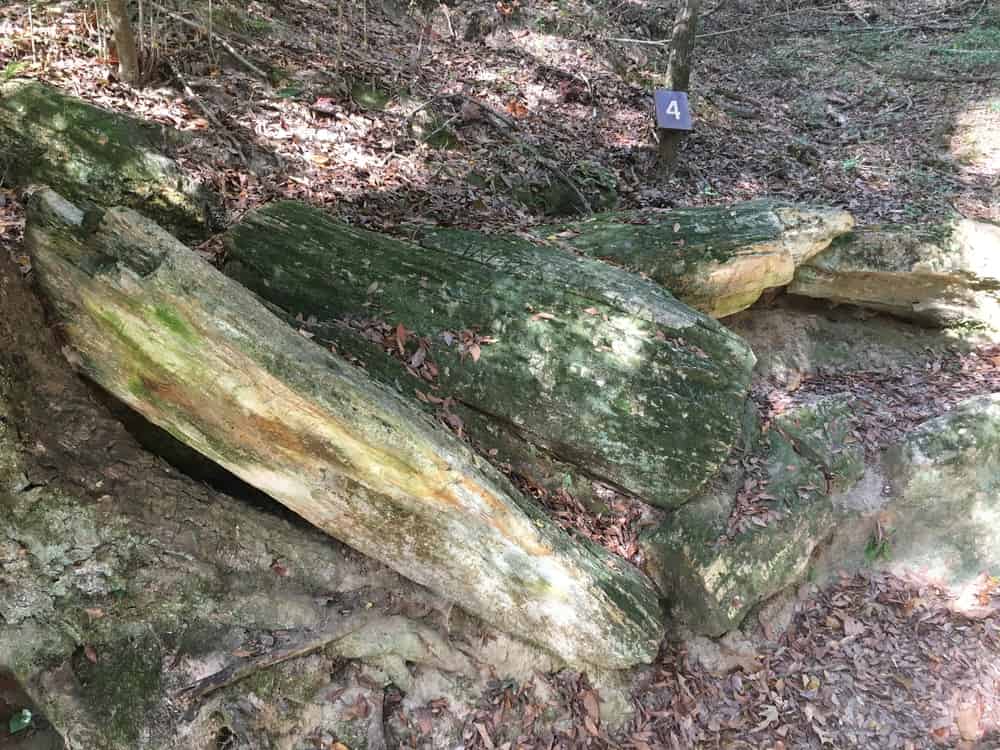
Image: Jeffrey M. Frank, Shutterstock©Jeffrey M. Frank/Shutterstock.com
Madison County’s percentage change from 2010 comes right behind DeSoto’s at 19.04%. This county sits in the center of the state and is named for past U.S. president James Madison.
The median income in Madison County stretches beyond the counties previously listed. Coming in at an average of $71,621 per 2020 data, Madison County remains one of the more affluent areas in Mississippi.
Common jobs that Madison County residents hold include a variety of business and financial professions, as well as education, healthcare, and sales occupations.
Madison County remains both rural and urban, with nature experiences for residents to enjoy like the Mississippi Petrified Forest in Flora and and the Cypress Swamp in Canton.
5. Harrison County
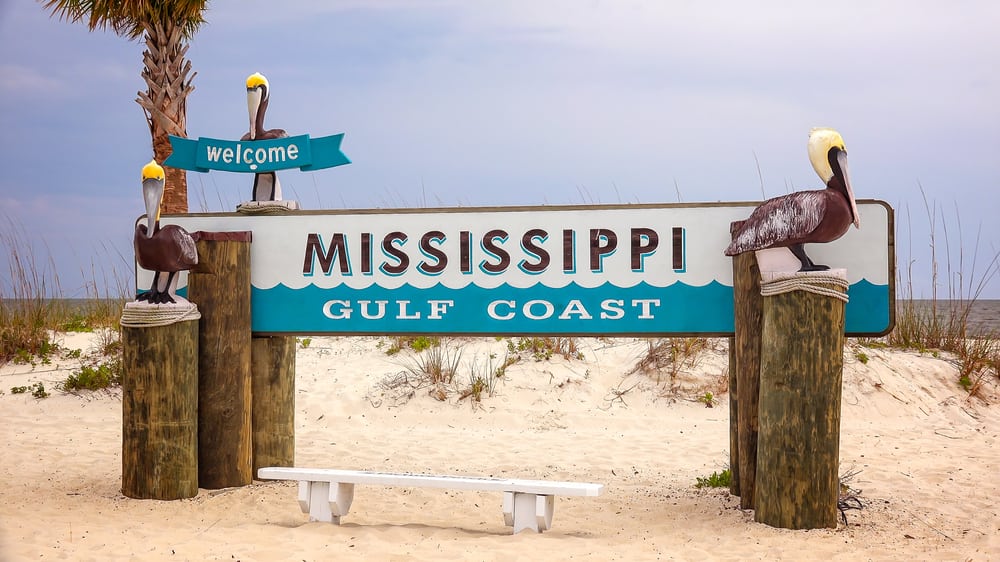
Image: CrackerClips Stock Media, Shutterstock©CrackerClips Stock Media/Shutterstock.com
In Harrison County, the percentage change from 2010 to 2023 in population growth was 14.95%. This county, named after past U.S. president William Henry Harrison, is the second-most populous county in Mississippi — making its rank as a fast-growing county in Mississippi unsurprising.
Located on the gulf, there are over 400 square miles of Harrison County covered by water. Gulfport, one of the state’s main seats, is the chief port area in the state and has access to the Gulf of Mexico by a shipping channel.
Harrison County residents have a lower median income than most in the state at $48,547. Still the common occupations and industries that employ residents remain varied — from business, to medicine, to construction, to maintenance and transportation.
Because it’s on the coast, Harrison County offers a plethora of water activities for residents, including day cruises, beaches, lighthouses, and more.
6. Rankin County

Image: Sean Pavone, Shutterstock©Sean Pavone/Shutterstock.com
Rankin County is part of the Jackson Metropolitan area and had a percentage change in population of 14.15%. Not only does its population and median income continue to grow; the county remains among the top five most populous counties in Mississippi.
As a landlocked county in the middle of the state, Harrison County is surrounded by beautiful nature, including the Pearl River which makes up a portion of its west border.
Between 2017 and 2021, the average median income ranked high for Mississippi: $72,326. Most of the residents in Harrison County find employment in business professions, but a fair few also work in healthcare, legal, and foodservice industries.
Rankin County has a treasure trove of great activities for the family, including the Mississippi Museum of Science, the Mississippi Children’s Museum, and The Jackson Zoo.
7. Oktibbeha County
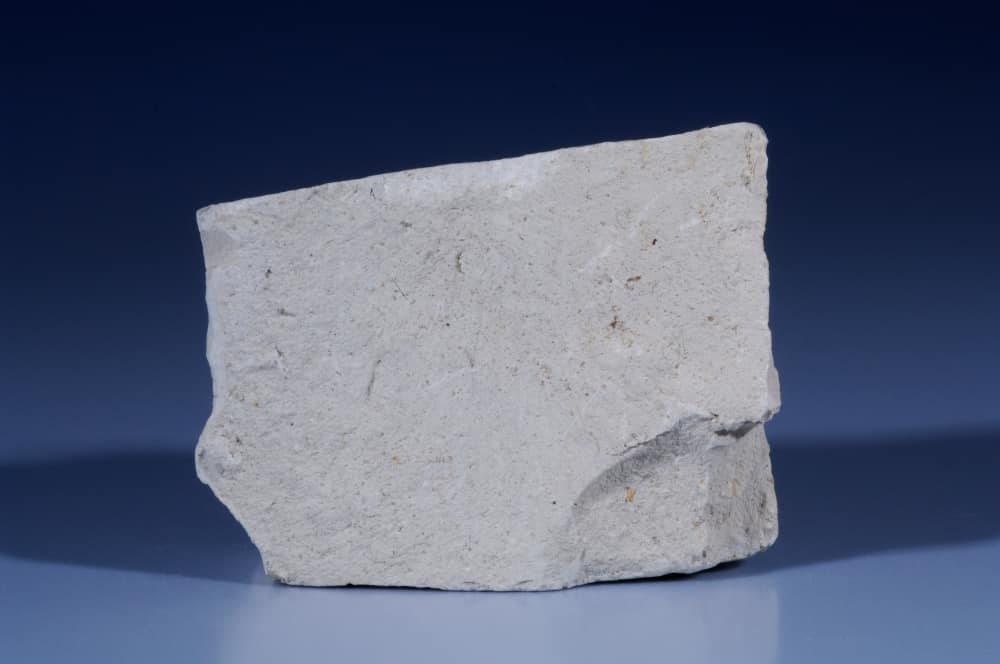
Image: Breck P. Kent, Shutterstock©Breck P. Kent/Shutterstock.com
Between 2010 and today, the population of Oktibbeha County grew 11.23% — impressive for a county of its size.
The Choctaw Indian tribe inhabited much of this county’s land in the past, and its name means “bloody water” or “icy creek” based on the local Native American language.
Today, Oktibbeha citizens center their lives on the Mississippi State University (MSU) — the county’s main attraction. With so many professors and students, the median income of the county is only $41,094. The majority of residents work in education and food service.
Oktibbeha makes up one third of the “Golden Triangle” along with Clay and Lowndes counties. This trifecta has a mutual commitment to economic and cultural prosperity.
8. George County
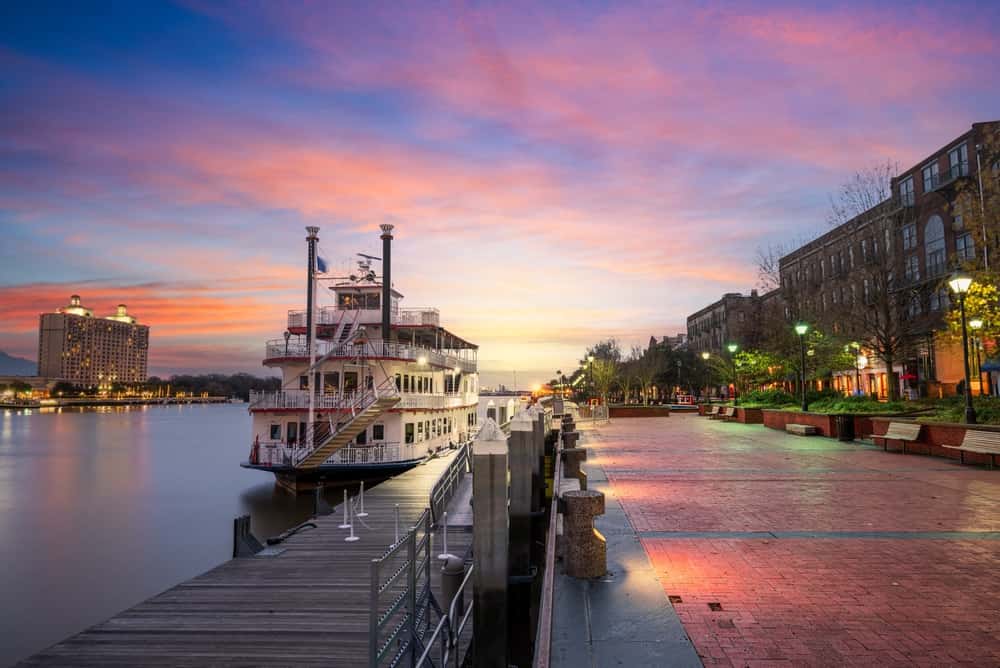
Image: Sean Pavone, Shutterstock©Sean Pavone/Shutterstock.com
George County’s population grew by just over 10% since 2010. The county, sitting close to the Alabama line, played an important role in the Industrial Revolution in the early 1900s, as the Ohio, Gulf and Mobile Railroad lines ran through a George County town — Lucedale — on their way to the final destination of Mobile.
In George County, the most popular industries for residents to work in are healthcare, construction, and manufacturing.
George County is a family-friend place for adventure, with both land and water activities for the whole family. Jump on a riverboat ride via the Betsy Ann Riverboat, or wander through the Walter Anderson Museum of Art.
9. Hancock County
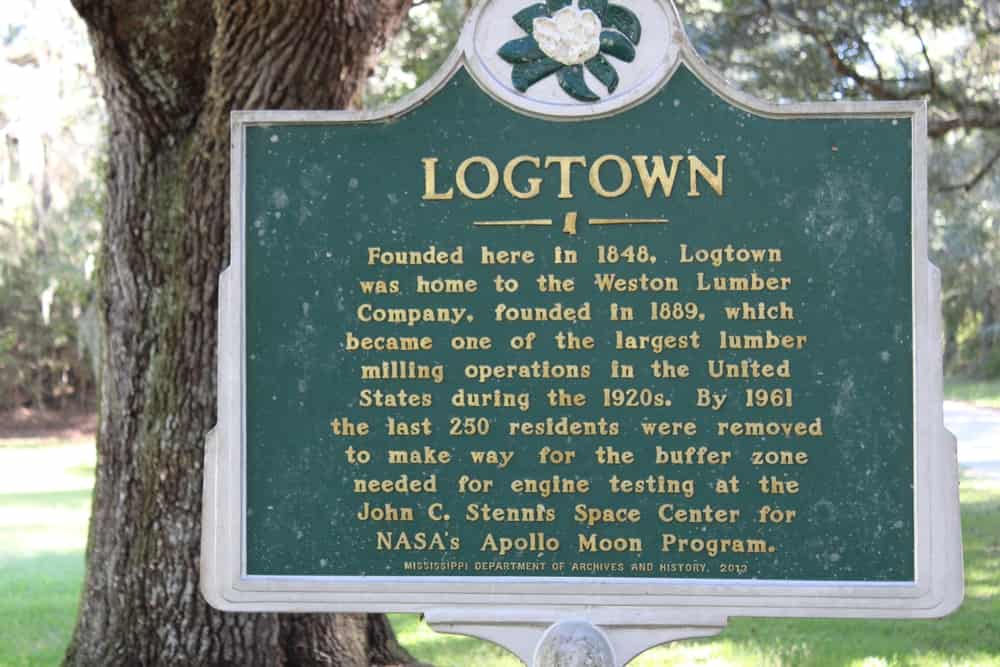
Image: Pat Boullion, Shutterstock©Pat Boullion/Shutterstock.com
As the southernmost county in Mississippi, Hancock County was named in honor of Founding Father John Hancock. It sits on the Gulf of Mexico and shares a border with Louisiana. Since 2010, the county’s population has grown by 6.28%.
With a median income of $54,860 — a 14% increase over just one year — residents are satisfied with their careers in the most popular industries: Health Care & Social Assistance, Educational Services, and Retail Trade. Coupled with a 26.6% decrease in poverty, the residents of Hancock County enjoy both population and economic growth.
Attractions and activities in Hancock County vary widely, from museums to outdoor excursions, to the theater and arts. The Infinity Science Center, Hollywood Casino, and John C. Stennis Space Center remains the most-loved activities by residents and tourists.
| County | Percentage Growth |
|---|---|
| Lafayette County | 23.23% |
| Lamar County | 20% |
| DeSoto County | 19.4% |
| Madison County | 19.04% |
| Harrison County | 14.95% |
| Rankin County | 14.15% |
| Oktibbeha County | 11.23% |
| George County | 10% |
| Hancock County | 6.28% |
Would You Live in One of These Fast-Growing Counties in Mississippi?
Mississippi’s fast-growing counties make a great place to live for young professionals, small families, and those who love warm weather. For an affordable place to live in a two-season climate, Mississippi and its fast-growing counties are a perfect pick.
